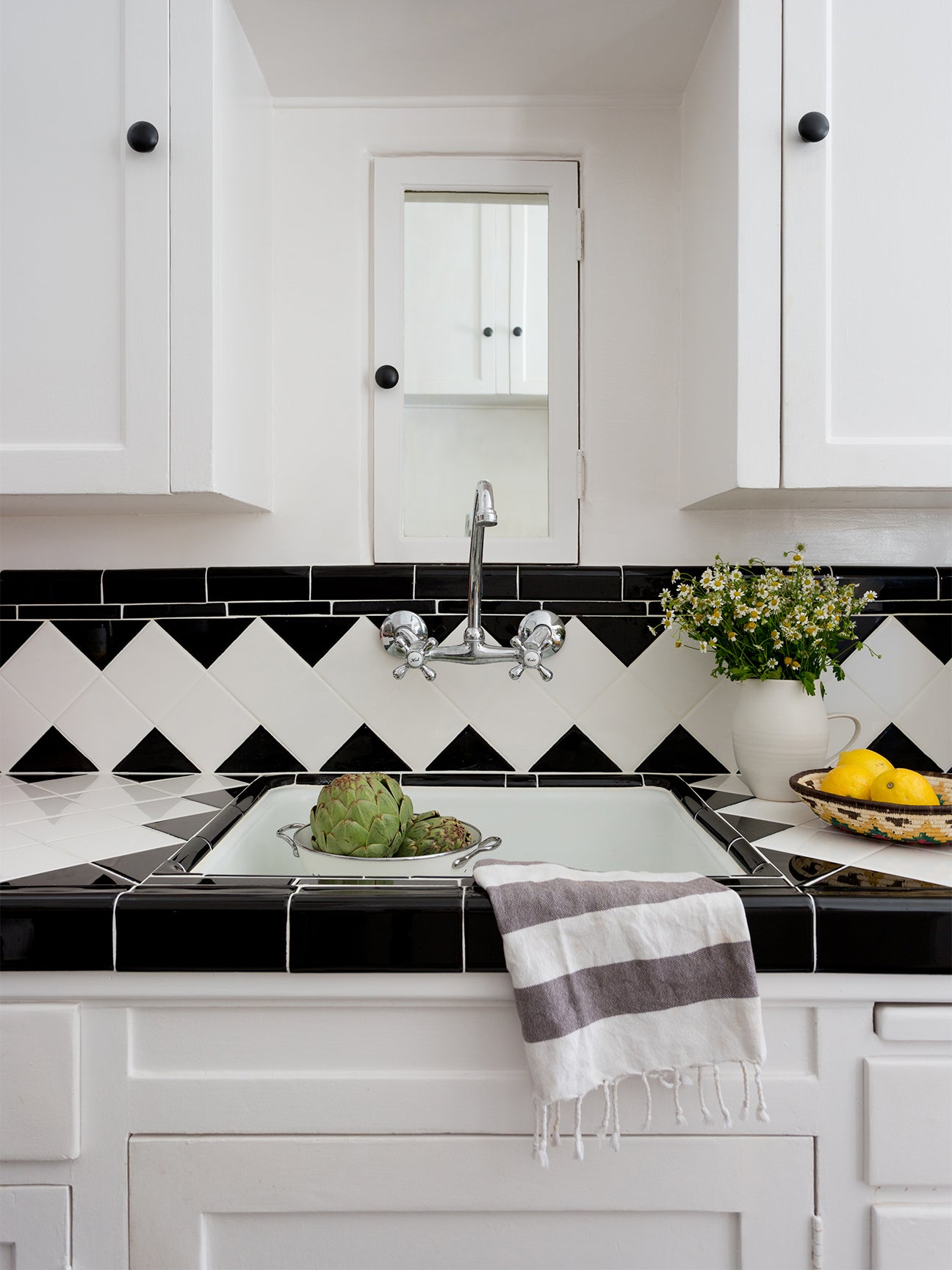The Best Cleaning Product Only Costs About $1
You probably already have it, too.
Updated Oct 12, 2018 6:15 AM
We may earn revenue from the products available on this page and participate in affiliate programs.
Despite what the drugstore cleaning aisle would have you believe, you actually don’t need a different product for every room or mess. Organizing all your sprays and sponges can be its own clutter-filled headache. But the truth is, some of the best supplies for tidying up don’t come in fancy bottles—they’re hiding out in your pantry.
The best part? These holy grail items are as low-cost as they are versatile. Plus, they’re probably a whole lot greener than most of the chemicals you’re already using. We tapped Clean My Space’s Melissa Maker to see which grocery goodies she uses to tackle hard-to-clean areas in her home.
Salt
Use on: Cast-iron skillets to help break down the inevitable grease buildup. Maker suggests filling your pan halfway with water and pouring in a couple tablespoons of salt, bringing that to a boil, and gently scraping the bottom with a wooden spatula to get out remaining debris.
Pro tip: Use it on your favorite mugs to get rid of tea and coffee stains. “Pour a little salt inside, then take a lemon wedge to scrub them down,” recommends Maker.
Vinegar
Use on: Basically anything that needs some shine, be it water-stained faucets or streaky mirrors. Maker fills a spray bottle with equal parts water and white vinegar before adding about a teaspoon of cornstarch. “The vinegar helps remove any dirt, while the cornstarch works as a gentle abrasive,” she says.
Pro tip: Mix in other ingredients to boost vinegar’s effectiveness. Beyond cornstarch, Maker’s go-to is baking soda.
Hydrogen Peroxide
Use on: Spaces that get a lot of everyday use and need regular disinfecting. Maker recommends pouring a cup into your toilet bowl and swishing it around with a brush to help break down stains and get rid of bacteria.
Pro tip: You can also use it to whiten any grout that’s been taunting you for ages (as long as it’s not painted). Turn two parts baking soda and one part hydrogen peroxide into a paste, apply to an old toothbrush, and give the space in between your tiles a good scrub.
Lemon
Use on: Kitchen equipment, from wood cutting boards to your favorite knives. Pour some coarse salt over half a lemon, and use it to scrub down and disinfect pretty much anything. Though if you’re using it on something that has a natural finish (like your go-to charcuterie platter), be sure to finish it off with a touch of mineral oil to protect it from stains.
Pro tip: Did you know that you need to regularly clean your cheese grater? Citrus can get the job done: “The lemon oil and juice help to cut the dairy fat and break up any of those proteins,” explains Maker. “After a quick rinse, you should find that it did an excellent job—and also saved you from ripping apart your sponges!”
Rubbing Alcohol
Use on: Laminate or synthetic flooring, which gets dirty especially quickly. Maker’s miracle floor cleaner consists of ½ cup water, ½ cup white vinegar, and ½ cup rubbing alcohol. Mix them together in a spray bottle and use with a microfiber cloth to wipe down those floors.
Pro tip: Maker’s cleaning cocktail works on laminate furniture, too, from the glossy ’80s furniture that’s making a comeback to kitchen cabinets.
See more tips for getting your home squeaky clean: How to Care for Every Type of Backsplash You’re Probably Cleaning Your Bedding Wrong Tips for Cleaning Your Kitchen While You Cook
